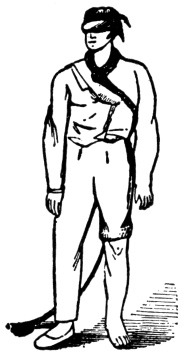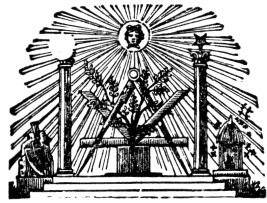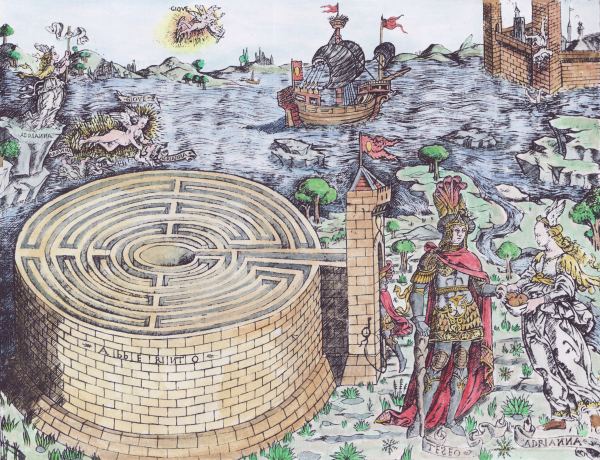p. 42
a dazzling triangle of light. Since that time, all but two of these casing stones have disappeared. Investigation has resulted in their discovery, recut and resurfaced, in the walls of Mohammedan mosques and palaces in various parts of Cairo and its environs.
PYRAMID PROBLEMS
C. Piazzi Smyth asks: “Was the Great Pyramid, then, erected before the invention of hieroglyphics, and previous to the birth of the Egyptian religion?” Time may yet prove that the upper chambers of the Pyramid were a sealed mystery before the establishment of the Egyptian empire. In the subterranean chamber, however, are markings which indicate that the Romans gained admission there. In the light of the secret philosophy of the Egyptian initiates, W. W. Harmon, by a series of extremely complicated yet exact mathematical calculations; determines that the first ceremonial of the Pyramid was performed 68,890 years ago on the occasion when the star Vega for the first time sent its ray down the descending passage into the pit. The actual building of the Pyramid was accomplished in the period of from ten to fifteen years immediately preceding this date.
While such figures doubtless will evoke the ridicule of modern Egyptologists, they are based upon an exhaustive study of the principles of sidereal mechanics as incorporated into the structure of the Pyramid by its initiated builders. If the casing stones were in position at the beginning of the ninth century, the so-called erosion marks upon the outside were not due to water. The theory also that the salt upon the interior stones of the Pyramid is evidence that the building was once submerged is weakened by the scientific fact that this kind of stone is subject to exudations of salt. While the building may have been submerged, at least in part, during the many thousands of years since its erection, the evidence adduced to prove this point is not conclusive.
The Great Pyramid was built of limestone and granite throughout, the two kinds of rock being combined in a peculiar and significant manner. The stones were trued with the utmost precision, and the cement used was of such remarkable quality that it is now practically as hard as the stone itself. The limestone blocks were sawed with bronze saws, the teeth of which were diamonds or other jewels. The chips from the stones were piled against the north side of the plateau on which the structure stands, where they form an additional buttress to aid in supporting the weight of the structure. The entire Pyramid is an example of perfect orientation and actually squares the circle. This last is accomplished by dropping a vertical line from the apex of the Pyramid to its base line. If this vertical line be considered as the radius of an imaginary circle, the length of the circumference of such a circle will be found to equal the sum of the base lines of the four sides of the Pyramid.
If the passage leading to the King’s Chamber and the Queen’s Chamber was sealed up thousands of years before the Christian Era, those later admitted into the Pyramid Mysteries must have received their initiations in subterranean galleries now unknown. Without such galleries there could have been no possible means of ingress or egress, since the single surface entrance was completely dosed with casing stones. If not blocked by the mass of the Sphinx or concealed in some part of that image, the secret entrance may be either in one of the adjacent temples or upon the sides of the limestone plateau.
Attention is called to the granite plugs filling the ascending passageway to the Queen’s Chamber which Caliph al Mamoun was forced practically to pulverize before he could clear a way into the upper chambers. C. Piazzi Smyth notes that the positions of the stones demonstrate that they were set in place from above–which made it necessary for a considerable number of workmen to depart from the upper chambers. How did they do it? Smyth believes they descended through the well (see diagram), dropping the ramp stone into place behind them. He further contends that robbers probably used the well as a means of getting into the upper chambers. The ramp stone having been set in a bed of plaster, the robbers were forced to break through it, leaving a jagged opening. Mr. Dupré, an architect who has spent years investigating the pyramids, differs from Smyth, however, in that he believes the well itself to be a robbers’ hole, being the first successful attempt made to enter the upper chambers from the subterranean chamber, then the only open section of the Pyramid.

Moe is the founder of GnosticWarrior.com. He is a father, husband, author, martial arts black belt, and an expert in Gnosticism, the occult, and esotericism.








